Vietnamese Coffee: a journey through taste and tradition
Vietnam, with its breathtaking landscapes, rich culture and fascinating history, may not be the first place you think of when it comes to coffee. However, this land has a lot to offer in this world, so much so that it ranks second as a world producer, just after Brazil. In this article, we will explore the unique and fascinating world of Vietnamese coffee and discover what makes it so special.
In what historical period and why did Vietnam start producing coffee?

Coffee entered Vietnam way back in 1857, during the French colonial period. French colonists, eager to develop competitive crops, introduced coffee to Vietnamese territory, making this crop a pillar of the country's economy. Although the war of liberation against American occupation temporarily affected production due to the depopulation of the central highlands, coffee returned to being a cornerstone of the Vietnamese economy after the conflict. Currently, coffee is the second most exported agricultural product from Vietnam, just after rice.
Coffee production in Vietnam is mainly based on the Robusta variety, which offers a stronger and more decisive flavor than the 'Arabica.
What are the distinctive characteristics that distinguish Vietnamese coffee from other coffees in the world?
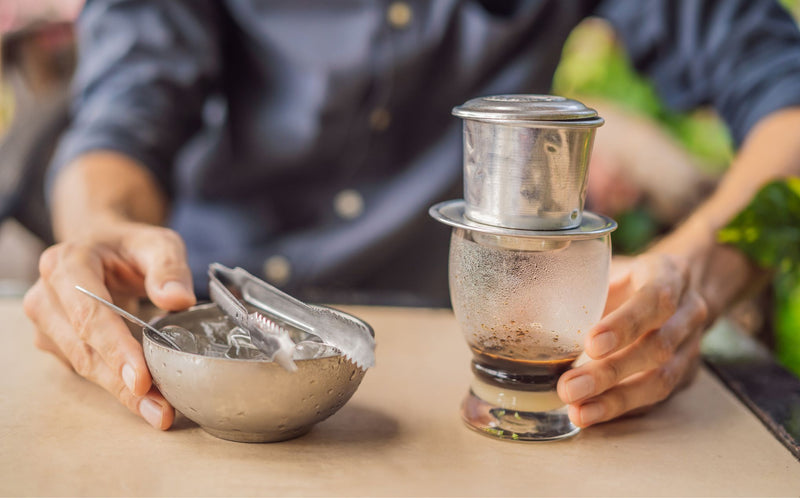
Vietnamese coffee is known for its intensity of flavors. This characteristic is the result of the variety of coffee used, the roasting method and its particular preparation. Robusta coffee beans contain double the caffeine than Arabica, giving the coffee an extra kick. The unique characteristic of Vietnamese coffee also lies in the roasting method, in which the beans are worked with butter and sugar, creating a depth of flavor that makes it unmistakable. The preparation is equally unique, since the coffee is filtered through the traditional Phin filter, slowly dripping into the cup, thus creating the famous "ca phe phin" drink.
Where is Vietnamese coffee grown?

Most Vietnamese coffee comes from the Central Highlands of the country. If you're planning a trip to Vietnam and want to immerse yourself in coffee culture, Dak Lak and Lam Dong provinces, still far from the main tourist circuits, are places you should consider.
What are the traditional ways of consuming coffee in Vietnam?
Although traditional Vietnamese coffee is known for its intensity and strong flavor, there are several variations to suit all tastes. "ca phe nau" (coffee with condensed milk, also known as "ca phe sua" in the southern region) is just as popular as the traditional "ca phe den" (black coffee). Vietnamese enjoy it hot or cold, and if you want to try the classic black coffee with ice, you can ask for a "ca phe den da". But the options don't end there: Vietnam also boasts special variations, such as "bac xiu," egg coffee or coconut coffee.
The "Bac Xiu" for lovers of coffee with milk

For those looking for a less intense drink, the "bac xiu" is the ideal choice. This coffee is brewed with condensed milk and ice, offering a balanced sweetness that makes it irresistible.
The “Caphe Trung” based on coffee, egg, sugar and milk
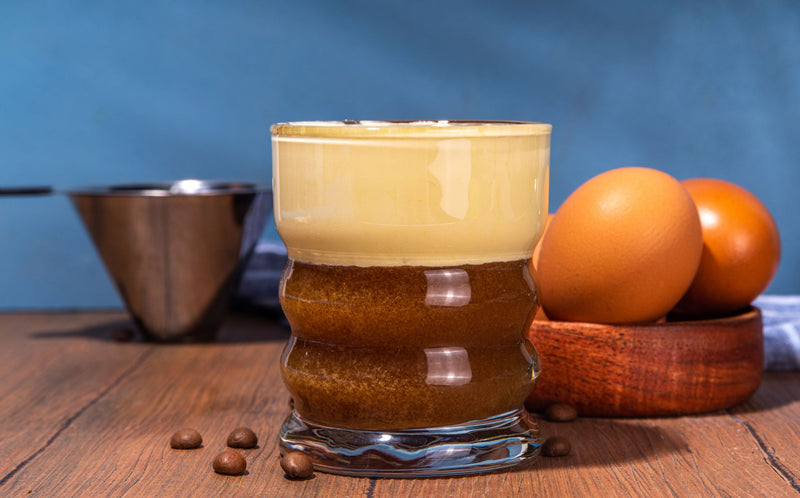
Egg coffee, known as "caphe trung", is a must-try Vietnamese delicacy. In this variant, it is prepared by whipping an egg yolk with sugar and condensed milk and mixed with coffee, creating a creamy consistency and a flavor reminiscent of tiramisu.
The “Caphe Sua Chua” with coffee and yogurt
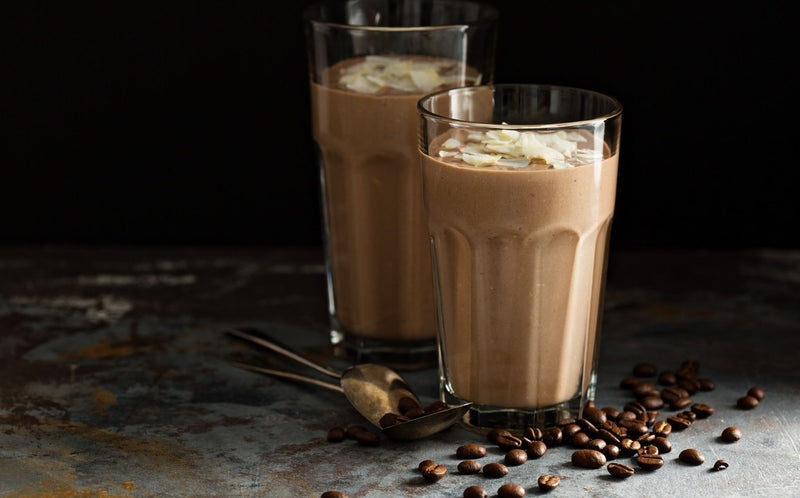
The adoption of yogurt in Vietnam during the French colonial period led to the creation of another variant of coffee, "caphe sua chua." In this treat, yogurt is served in a cup of black coffee, offering a creamy and refreshing experience.
The “Caphe Dua” for a coffee with coconut milk
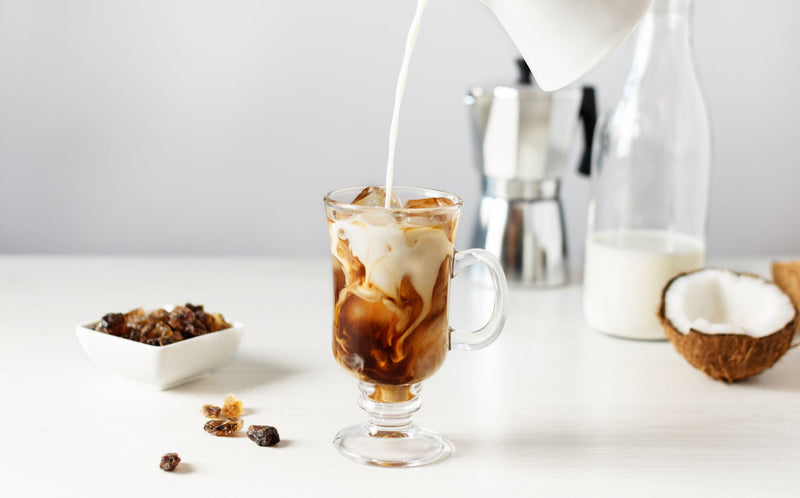
When you want a less sweet coffee than the traditional "ca phe nau," the Vietnamese mix the coffee with coconut milk, creating delicious coconut coffee. This drink can be enjoyed hot or cold with plenty of ice.
What are the steps to prepare traditional Vietnamese coffee at home?
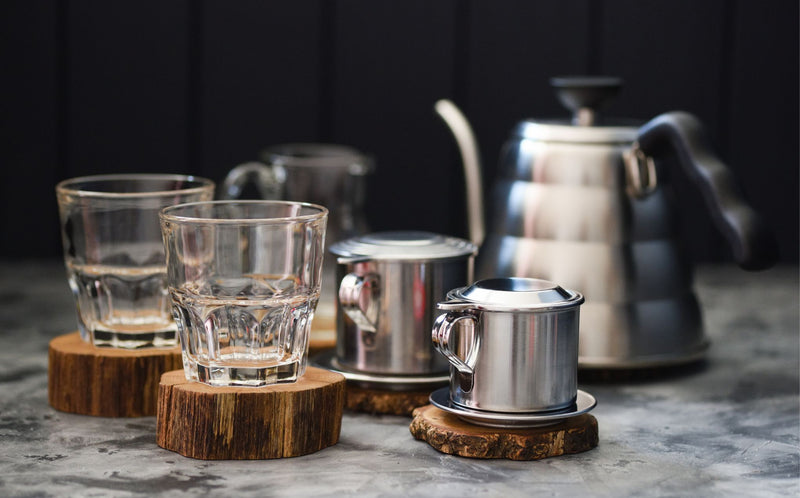
Making Vietnamese coffee at home is an experience you can easily recreate. You only need the traditional Phin filter and quality coffee. If you didn't have the opportunity to purchase a Phin filter during your trip to Vietnam, you can easily find one online. When it comes to coffee, the most renowned brands include Trung Nguyen's Sang Tao beans, available in 100% Robusta, 100% Arabica or blends of different varieties.
Vietnamese coffee is an extraordinary discovery that combines history, culture and taste in one cup. If you have chosen Vietnam as your next destination, be sure to take the time to enjoy the local coffee, an experience that will surely enrich your trip!


